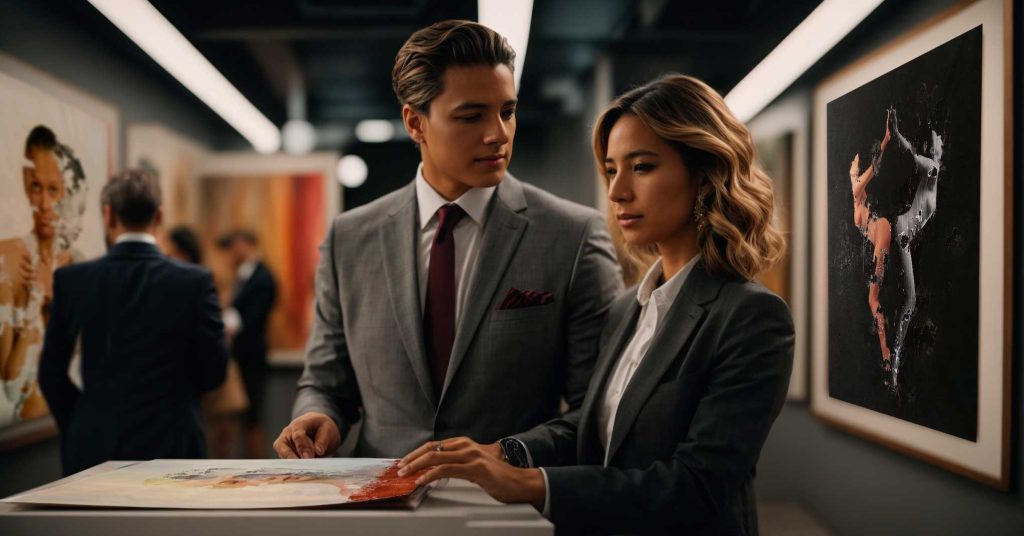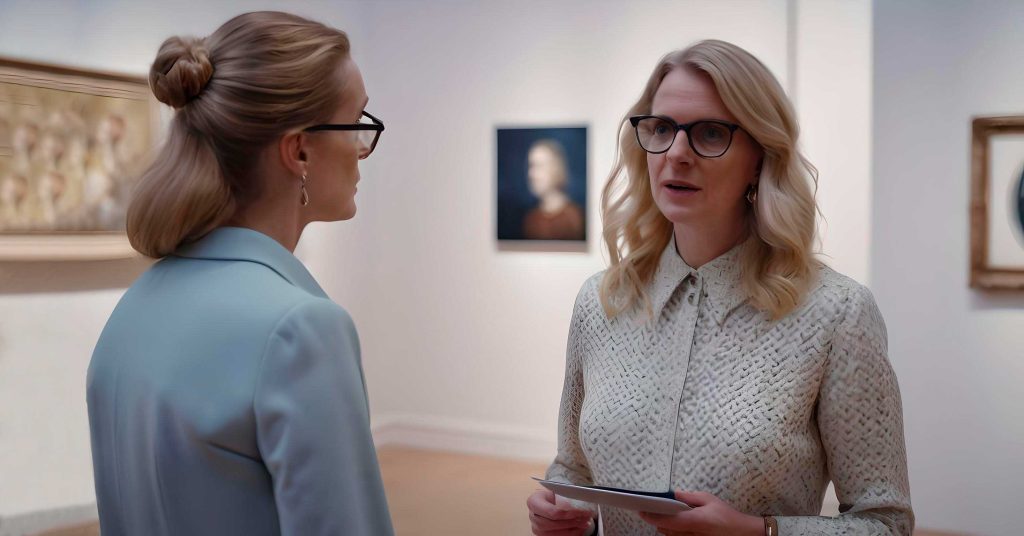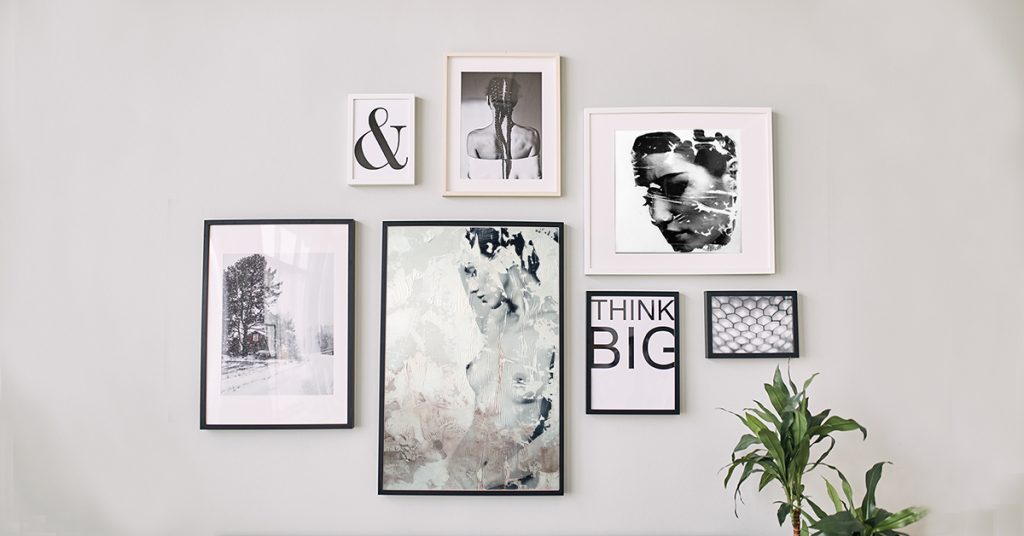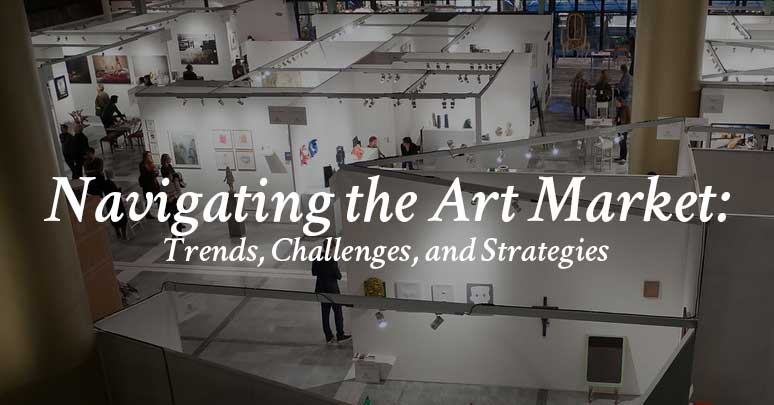
- Introduction
- What is Art Market?
- Evolution of Art Market
- Popular Art Movements in the Current Art Market
- Factors Influencing the Value of an Artwork
- Most Expensive Artworks Ever Sold
- Navigating the Art Market
- Challenges in the Art Market: From Authentication to Ethics
- Art Market Regulations: Balancing Commerce and Integrity
- Exploring Niche Markets in the Art World
- Art Market Resilience: Lessons from Economic Downturns
- The Rise of Art as an Asset Class
- The Future of the Art Market: Trends and Predictions
- Conclusion
- FAQs
Introduction
The art market, a dynamic realm where creativity converges with commerce, holds immense significance for artists, collectors, and investors alike. In this ever-evolving landscape, understanding the nuances of the art market becomes pivotal for those seeking to navigate its intricacies. So, let’s delve into the world of colors, canvases, and commerce.
What is Art Market?
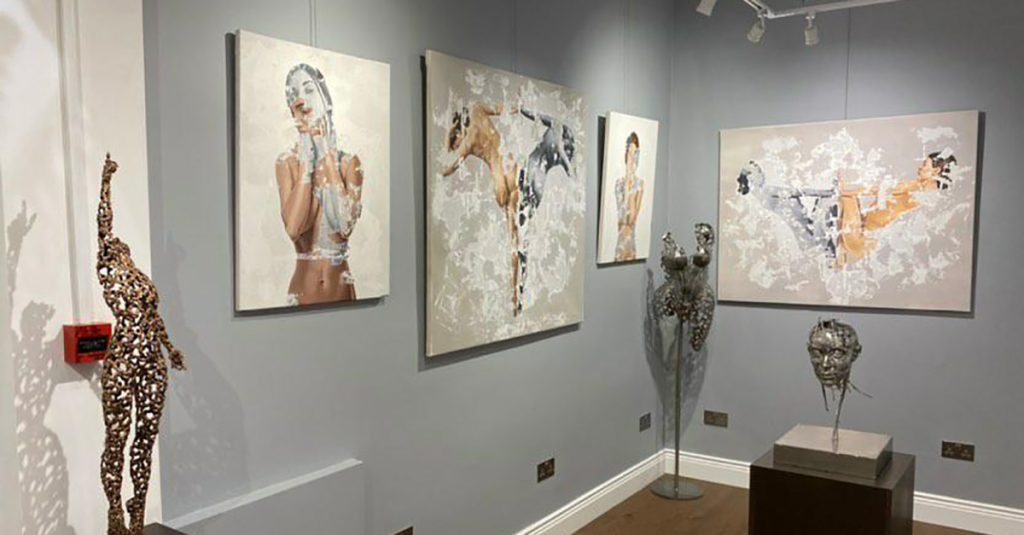

In essence, the art market is a complex ecosystem where artistic creations transform into commodities. Its components range from traditional galleries to online platforms, reflecting the dynamic nature of this marketplace. To truly grasp its essence, let’s explore the historical roots that have shaped the art market into what it is today.
The Historical Tapestry of Art Market
The journey of the art market spans centuries, with its roots intertwined in the rich tapestry of human culture. From Renaissance salons to the digital age, the art market has metamorphosed, adapting to societal shifts and technological advancements. Understanding its evolution unveils the threads that connect the past to the present.
Key Players in the Art Market
Within this intricate ecosystem, various players contribute to the symphony of the art market. Artists, galleries, auction houses, collectors, and investors all play distinct roles, shaping the narrative of artistic value and significance.
Evolution of Art Market
As we tread through the annals of time, the evolution of the art market becomes apparent. Technological advancements, globalization, and cultural shifts have woven into its fabric, altering its course. Let’s dissect the forces that have propelled the art market into the contemporary realm.
Impact of Technology and Globalization
In the digital age, technology has not only democratized access to art but has also revolutionized its sale and distribution. Globalization, on the other hand, has broadened the market’s horizons, fostering international collaborations and influencing artistic trends. These transformative forces continue to mold the landscape of the art market.
The Current State and Future Prospects
In the present day, the art market stands at a crossroads, influenced by a myriad of factors. From the rise of NFTs to the impact of social media, the landscape is in constant flux. Examining its current state and peering into future prospects reveals a canvas painted with uncertainty and opportunity.
Popular Art Movements in the Current Art Market
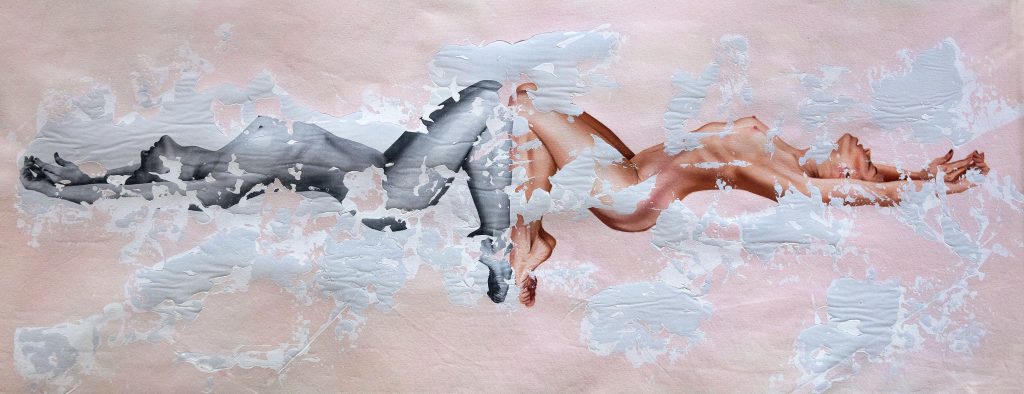

Amidst the ever-shifting currents of the art market, certain movements stand out, shaping trends and influencing creative expressions. Let’s explore the vibrant palette of today’s art scene and dissect the significance of these movements.
The Current Art Market: A Kaleidoscope of Trends
In the contemporary art market, trends ebb and flow. From the resurgence of surrealism to the embrace of digital art, understanding these movements is akin to deciphering the language of the market.
Neophotorealism: Raullara’s Unique Contribution to the Contemporary Art Market
Within the realm of neophotorealistic paintings, Raullara skillfully mirrors internal conflicts and the narrative of overcoming. This artistic movement, a unique blend of classical and contemporary elements, serves as a bridge connecting traditional and modern artistic practices. Raullara’s contribution to neophotorealism stands as a testament to the enduring influence of movements that go beyond mere aesthetics, delving into the profound core of the human experience within the dynamic contemporary art market.
Impact and Significance of Art Movements
Art movements not only reflect societal shifts but also influence market dynamics. The embrace of new media, conceptual art, and social commentary within these movements showcases the symbiotic relationship between artistic expression and market trends.
Factors Influencing the Value of an Artwork
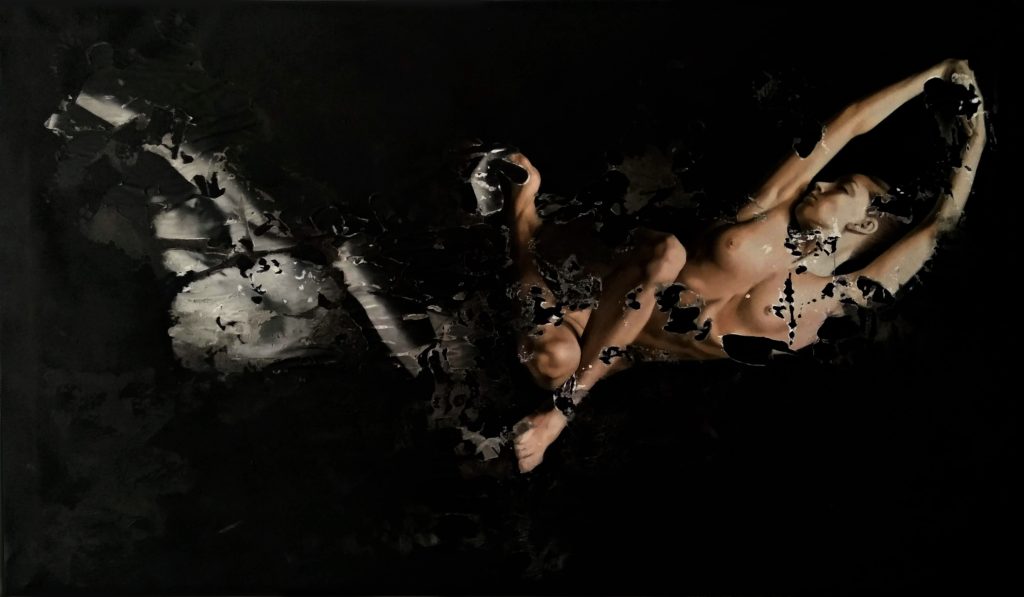

Beyond the glitz of auctions and headlines, the intrinsic value of an artwork is shaped by various factors. Authenticity, rarity, and provenance form the foundation upon which the value of a piece rests. Yet, the subject matter, artistic style, and condition also weave into this complex tapestry, determining the worth of an artwork in the eyes of collectors and investors.
The Essence of Authenticity, Rarity, and Provenance
In the art market, authenticity is paramount. The provenance, tracing the ownership history of an artwork, adds layers to its narrative. Rarity, too, fuels the flames of desire, as scarcity often amplifies perceived value.
Subject, Style, and Condition: The Holy Trinity
The subject matter, artistic style, and condition of an artwork are the trifecta influencing its value. A masterpiece’s allure lies not only in its aesthetics but also in the stories it tells and the emotions it evokes. These elements, when carefully considered, transform a canvas into a timeless investment.
Most Expensive Artworks Ever Sold
The allure of the art market is amplified by the astronomical prices artworks can command. From da Vinci’s “Salvator Mundi” to Basquiat’s “Untitled,” these masterpieces transcend mere aesthetic appeal, becoming symbols of prestige and investment. Let’s unravel the stories behind these canvases and dissect the factors that propelled their prices into the stratosphere.
Factors Contributing to High Prices
Auction houses and private sales serve as arenas where the value of artworks is determined. The scarcity of a piece, its historical significance, and the mystique surrounding the artist all contribute to the high-stakes bidding wars that culminate in record-breaking sales. Understanding these dynamics unveils the mechanisms that drive the price tags of these masterpieces.
5 Most Expensive Paintings Sold in the World
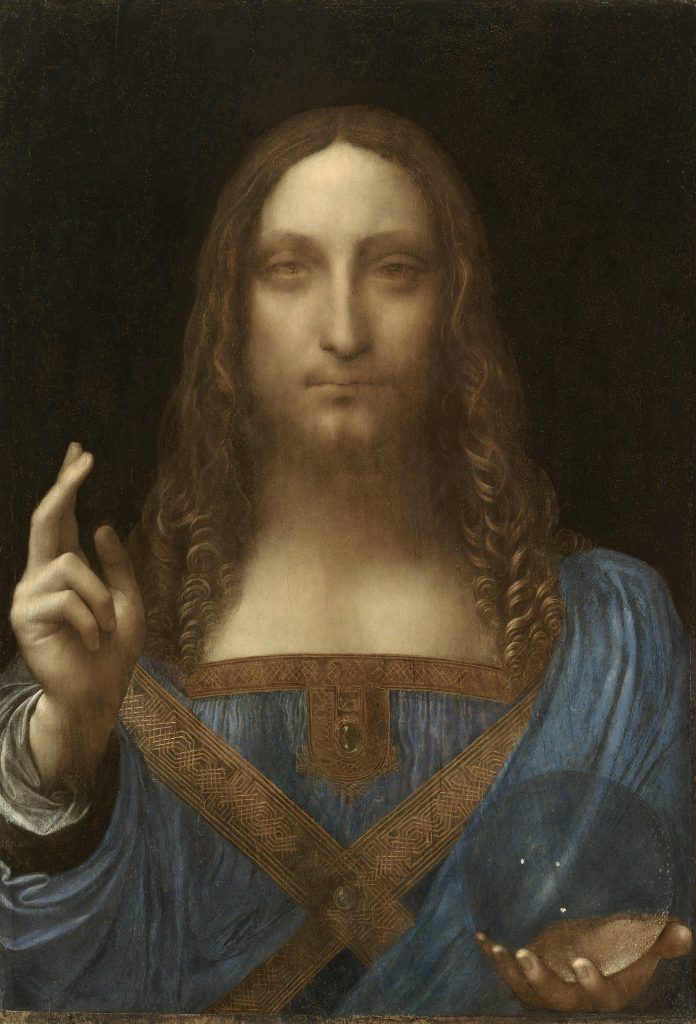

Leonardo da Vinci :
$450.3 million.
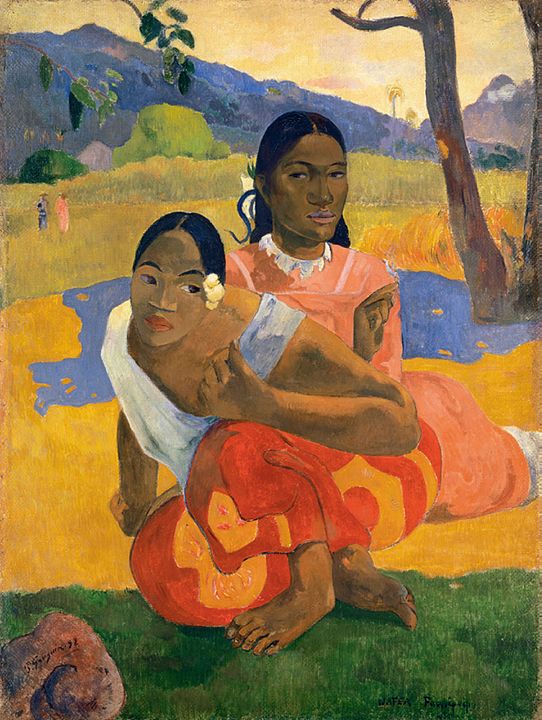

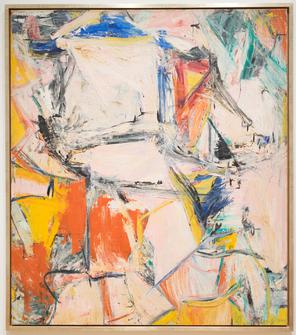

Willem de Kooning (1955) : $300 million
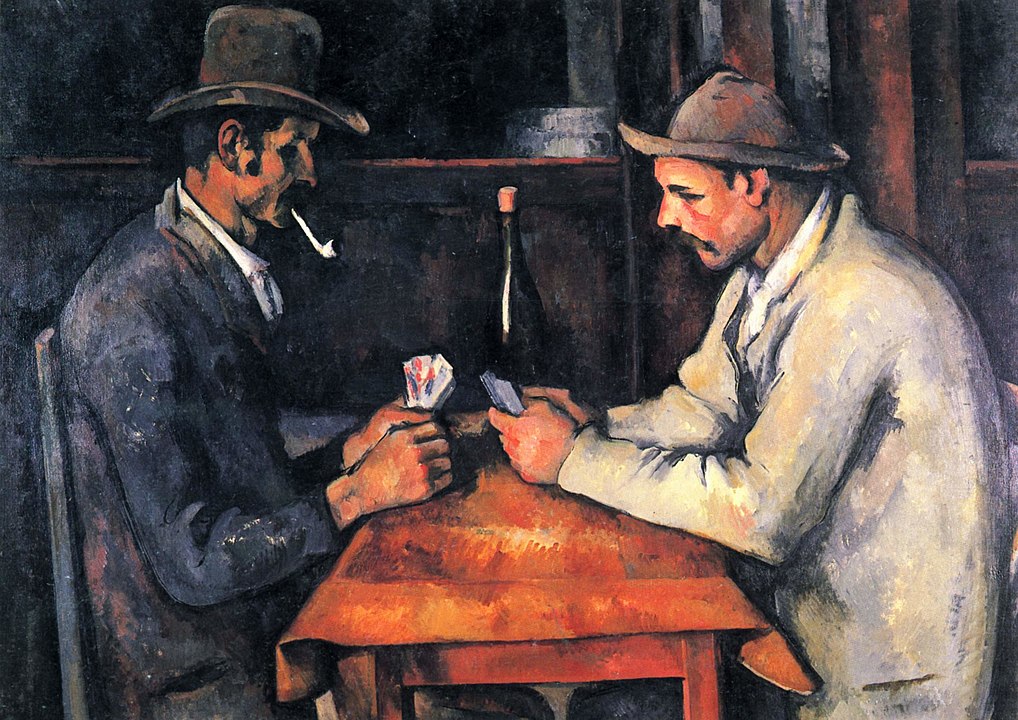

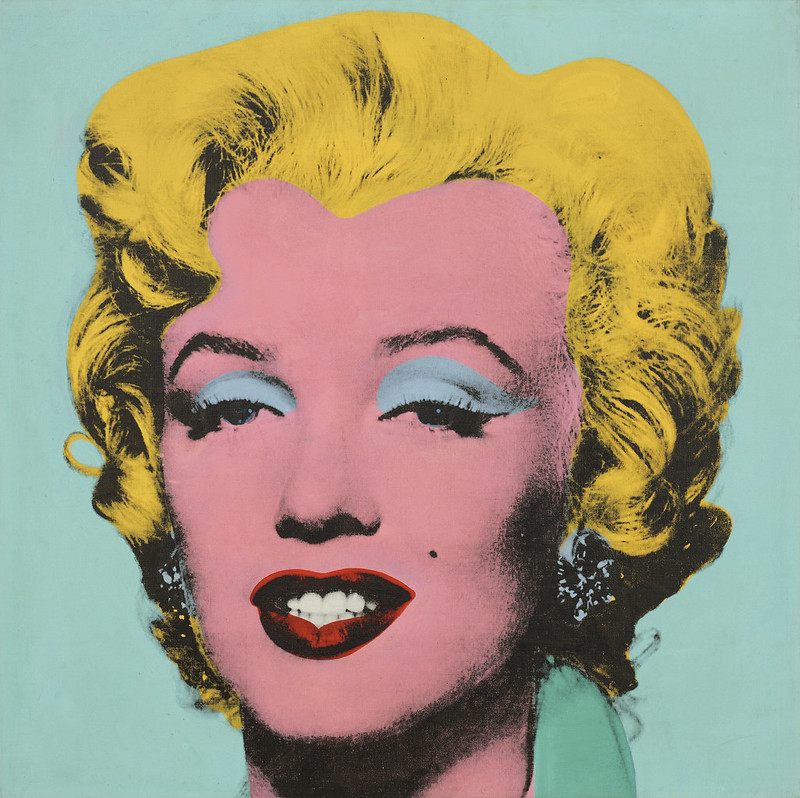

Navigating the Art Market
As we embark on a journey through the labyrinth of the art market, a few guiding lights can help navigate its twists and turns. Research, due diligence, and the guidance of art advisors and consultants become essential tools for artists, collectors, and investors alike.
Tips and Strategies
In this sea of creativity and commerce, thorough research is the compass that guides successful navigation. Understanding the market trends, valuing authenticity, and seeking professional advice empower individuals to make informed decisions.
The Role of Art Advisors and Consultants
Art advisors and consultants serve as seasoned navigators in the art market’s uncharted waters. Their expertise guides clients through acquisitions, sales, and investment strategies, providing a compass for those venturing into the vibrant yet complex world of art.
Challenges in the Art Market: From Authentication to Ethics
As we navigate the intricate terrain of the art market, a myriad of challenges emerges, spanning from authentication hurdles to profound ethical considerations:
Authentication Complexities
Explore the multifaceted challenges associated with verifying the authenticity of artworks. Dive into the intricacies of provenance, forgery, and the evolving methods employed to authenticate pieces within the dynamic art market.
Navigating Ethical Quandaries
Delve into the ethical considerations that permeate the art industry. From issues of cultural appropriation to questions of fair compensation for artists, understanding and addressing these ethical quandaries is imperative for maintaining the integrity of the artistic ecosystem.
Controversies Impacting Stakeholders
Uncover controversies that reverberate through the art market, impacting both artists and investors. From disputed ownership claims to controversies surrounding artist behavior, navigating these contentious issues requires a nuanced understanding of the evolving art landscape.
Establishing Trust
The challenge of building and maintaining trust among stakeholders is ever-present. Examine how transparency, ethical business practices, and adherence to industry standards contribute to fostering trust within the art industry.
Globalization’s Impact
Explore how the globalized nature of the art industryintroduces additional challenges. From cross-border transactions to differing cultural perspectives, globalization adds layers of complexity to authentication processes and ethical considerations.
As stakeholders engage with these challenges, strategies for overcoming authentication and ethical hurdles become essential in fostering a resilient and trustworthy art market.
Art Market Regulations: Balancing Commerce and Integrity


As we navigate the intricate landscape of the art market, understanding and navigating regulations become paramount:
Understanding and navigating these art market regulations is crucial for artists, collectors, and investors alike, contributing to the maintenance of a vibrant, trustworthy, and ethically sound art industry.
Exploring Niche Markets in the Art World
Within the vast expanse of the art market, there exists a diverse array of niche markets that offer distinctive opportunities and challenges:
Beyond Mainstream Currents
Delve into the exploration of niche markets that exist outside the mainstream currents of the art world. From outsider art to street art, these specialized markets provide alternative spaces for artists and collectors to engage with unique forms of creativity.
Alternative Spaces
Uncover the dynamics inherent in these alternative spaces. Understand how niche markets contribute to the overall diversity of the art ecosystem by providing unconventional platforms for artists to showcase their work and for collectors to discover pieces that transcend traditional norms.
Unique Opportunities
Explore the unique opportunities presented within niche markets. Investigate how artists can find unconventional avenues for expression, and collectors can discover hidden gems that may not conform to mainstream artistic trends.
Challenges and Rewards
Delve into the challenges faced by artists and collectors in these specialized realms. From establishing recognition to navigating the distinct dynamics of niche markets, understanding the unique challenges adds depth to the strategies employed within these unconventional art spaces.
As the art world continues to evolve, recognizing and exploring niche markets becomes a strategic endeavor for artists and collectors seeking alternative avenues for creative expression and artistic discovery.
Art Market Resilience: Lessons from Economic Downturns
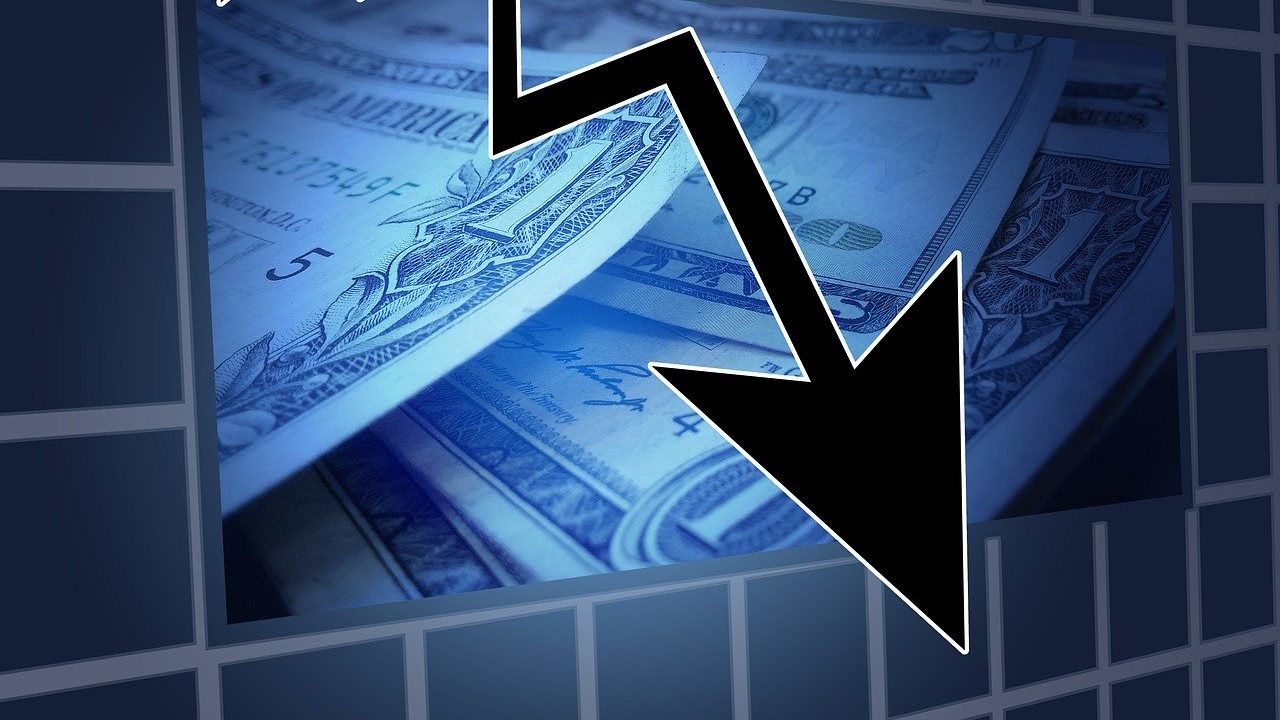

Amid economic uncertainties, the resilience of the art market becomes a compelling subject. Delve into key insights and lessons derived from historical economic downturns:
- Historical Perspective: Explore how the art market has weathered financial storms throughout history, from the Great Depression to recent recessions. Uncover the patterns and trends that highlight the market’s ability to navigate and endure economic challenges.
- Strategies Employed: Examine the strategies employed by collectors, galleries, and artists during times of economic downturns. Understand how adaptive measures, innovative approaches, and a resilient spirit have enabled stakeholders to not only survive but emerge stronger on the other side.
- Navigating Challenging Landscapes: Gain insights into how the art industry has navigated challenging economic landscapes. From reevaluating pricing strategies to embracing digital platforms, discover the tactics employed to maintain relevance and sustainability in times of economic uncertainty.
- Lessons for the Future: Consider the valuable lessons learned from past economic downturns and their applicability to the future. Understand how these lessons shape the strategies and approaches of stakeholders within the art market, fostering a dynamic and forward-thinking ecosystem.
As a beacon of creativity and commerce, the art market’s resilience in the face of economic challenges provides a source of inspiration and strategic guidance for artists, collectors, and investors alike.
The Rise of Art as an Asset Class
Within the evolving landscape of the art market, a noteworthy trend is the increasing recognition of art as a legitimate asset class. This shift has garnered attention from investors seeking diversification in their portfolios. Key aspects to consider include:
- Investor Attraction: In recent years, art has captivated investors as a viable asset class. Explore the factors driving this attraction, such as the potential for long-term value appreciation and the unique characteristics that make art an appealing addition to investment portfolios.
- Role of Art Investment Funds: Art investment funds play a pivotal role in this paradigm shift. Investigate how these funds operate, their impact on the market, and the strategies employed to navigate the complexities of investing in art.
- Opportunities and Risks: Evaluate the opportunities presented by treating art as a financial asset. Delve into the potential risks associated with this approach, understanding how market dynamics and economic fluctuations can influence the value and liquidity of art investments.
- Reshaping Traditional Portfolios: The recognition of art as an asset class has transformative implications for traditional investment portfolios. Examine how this trend is reshaping the landscape, diversifying investment strategies, and contributing to a broader redefinition of what constitutes a valuable and resilient portfolio.
As the art market continues to evolve, understanding the rise of art as an asset class provides valuable insights for investors, collectors, and artists navigating the dynamic intersection of creativity and commerce.
The Future of the Art Market: Trends and Predictions


In envisioning the future of the art market, several key trends and predictions emerge, reshaping the landscape for artists, collectors, and investors alike:
- Digital Dominance: The rise of digital art continues unabated, transforming the way we perceive and interact with artistic creations. Expect a surge in digital mediums, challenging traditional concepts of ownership and value.
- AI’s Artistic Influence: Artificial Intelligence is poised to become a significant creative force. Explore how AI algorithms contribute to the generation of unique artworks, sparking discussions about authorship, creativity, and the very nature of artistic expression.
- Changing Collector Tastes: As societal preferences evolve, so do those of art collectors. Delve into the emerging trends that define what collectors seek and value in the art they acquire. From a growing interest in diverse voices to a renewed appreciation for traditional craftsmanship, understand the shifting dynamics that will shape the future market.
- Geopolitical Impact: Geopolitical events wield a profound influence on the art industry. Examine how global shifts, from political changes to environmental concerns, will impact the market. Consider the resilience of the art market in adapting to and reflecting broader societal narratives.
- Technology Redefining Transactions: The role of technology in art transactions will continue to evolve. Explore how blockchain and other technological innovations enhance provenance transparency, streamline transactions, and contribute to a more secure and efficient art market.
- Art as Experience: Beyond ownership, there’s a growing emphasis on the experiential aspect of art. Witness how immersive installations, virtual exhibitions, and NFTs (Non-Fungible Tokens) redefine how individuals engage with and experience art.
As we navigate the future of the art industry, staying attuned to these trends and predictions will be instrumental in adapting strategies and embracing the unfolding dynamics of this ever-evolving creative space.
Conclusion
Summarize the artful journey through the art market, emphasizing its importance for artists, collectors, and investors. Each stroke and bid adds to the rich tapestry of artistic expression in this dynamic landscape.
FAQs
Is investing in the art market a secure financial strategy?
While art investment can be lucrative, it comes with risks. Diversifying your portfolio is wise, considering market trends and economic factors.
How do NFTs impact the traditional art market dynamics?
NFTs have disrupted the art industry by introducing digital ownership. Explore how they open new avenues for artists and collectors, reshaping the definition of art ownership.
What role does social media play in valuing artworks?
Social media is a catalyst in the art world. Explore how platforms elevate artists’ profiles, potentially impacting the perceived value of their works in the art market.
Do art movements influence individual artwork pricing?
Yes, art movements significantly influence pricing. Discover how the popularity of a movement attracts collectors, potentially raising prices for associated artworks.
How can artists safeguard their work in the digital age?
In the digital era, artists should consider watermarking and blockchain for provenance, ensuring the protection of their digital creations in the dynamic art industry.

